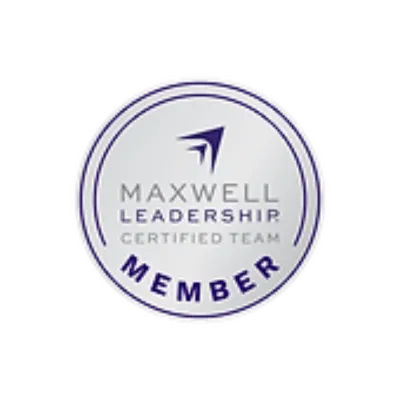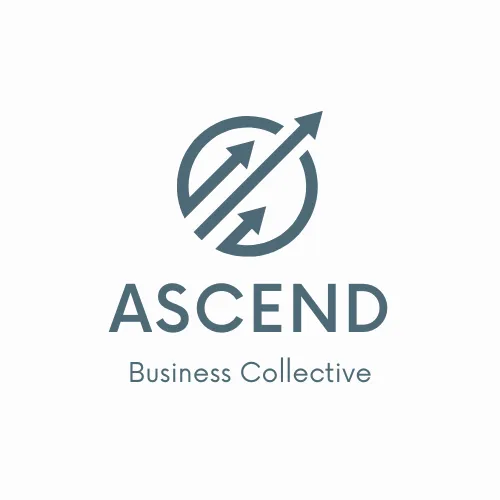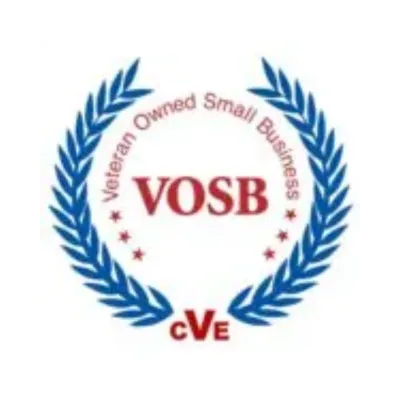AZIMUTH CONSULTING
YOUR GUIDE TO A STRONG WORKPLACE CULTURE

Everyone Deserves A Tribe.
We guide you in designing a culture that inspires belonging.
Three Simple Steps for Creating a Healthy Culture
Step One
Awareness
Step Two
Alignment
Step Three
Accountability
A poor culture can collapse an organization
Signs that your organizational culture needs help include:
High Turnover
Low Morale
Poor Productivity
Increased Conflict
Would you work here? Why would anyone else?
Download our free Organizational Culture Checklist to determine the current state of your culture.
Azimuth Consulting, LLC is committed to protecting and respecting your privacy, and we’ll only use your personal information to provide the services you requested from us. From time to time, we will contact you about resources and educational materials, as well as other content that may be of interest to you. You may unsubscribe from these communications at any time.








